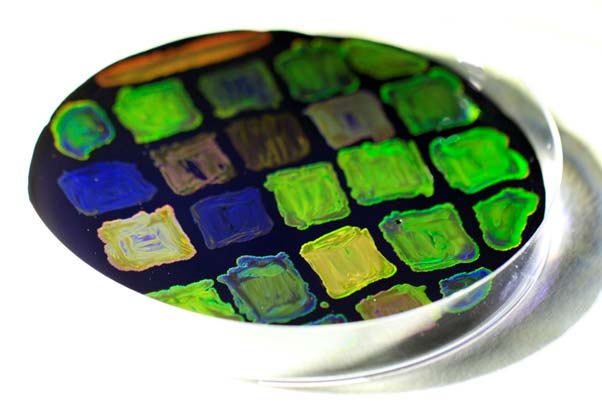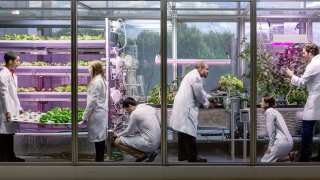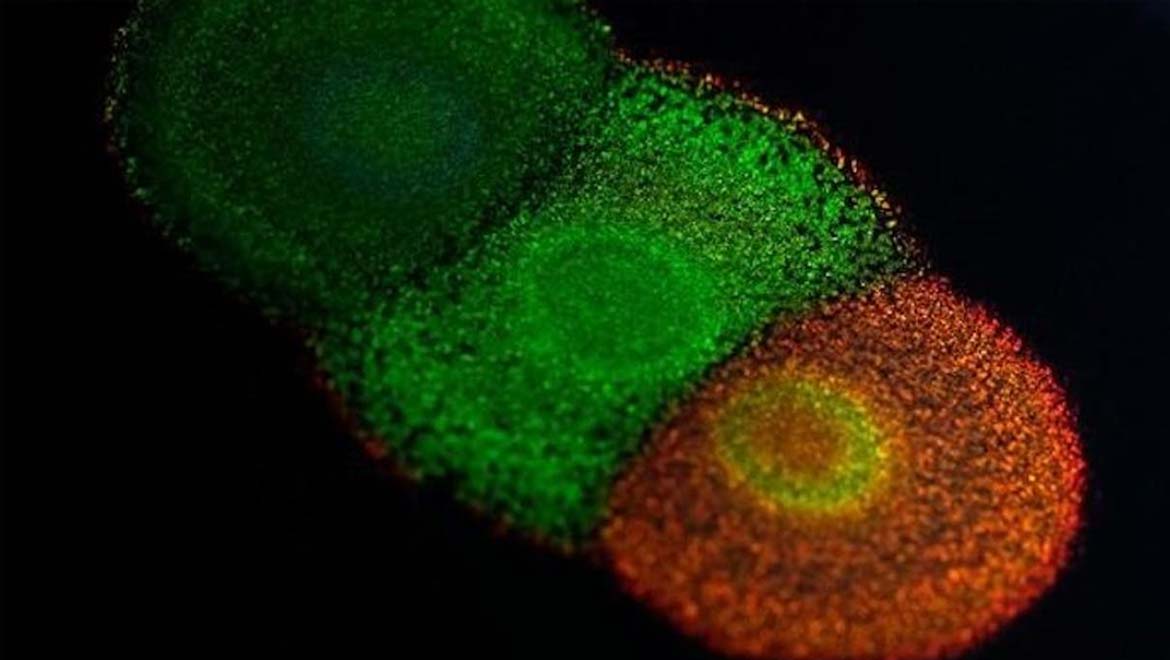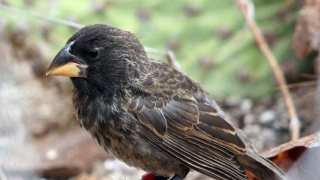Iridescence, or the bright, shiny effects that may appear to color-shift based on various viewing angles, could seem like a human-made invention. However, there are numerous examples of iridescence in nature, from butterfly wings to the patterns on peacocks’ wings.
It is probably easy to assume that the bacteria owe their appearance to complex pigments naturally developed during the course of evolution. However, the molecules that produce iridescence have this property due to their conformation, in relation to each other, and not individual structure or energy states.
Therefore, the light that hits iridescent macromolecules in vivo reflects back at angles that complete the impression of a visible color with a metallic sheen.
The resulting aesthetic impact is valuable to the artistic or marketing concerns of many individuals and groups worldwide. Therefore, natural iridescence is often mimicked using artificial products, with varying degrees of success.
Color in Nature: Bacterial Edition
A team of researchers from institutions in the UK, Switzerland, Denmark and the Netherlands decided to go back to bio-inspiration to reproduce iridescence in many colors. They observed that bacteria were also capable of taking different shapes (e.g., rods or tubes) necessary for the appearance of different colors. These colors were visible in a large enough colony of bacteria.
Some of the colors also occur in nature - for instance, some Staphylococci reflect yellow light - whereas others have been genetically engineered to emit new colors.
Therefore, the team reasoned that bacteria could also take on the slightly more complicated conformations necessary for iridescence. They tested out their theories using an experimental strain of the bacterial genus, flavobacterium.
Flavobacteria are rod-shaped bacteria that form orderly colonies like stacked tubes. The researchers found that these microorganisms could alter their genome so that they exhibited crucial alterations in their size and structure.
Also, the natural movement of individual bacteria within colonies (for flavobacteria, it is a form of gliding) was targeted with specific mutations. This resulted in iridescence due to the different effects on light exerted by the new colony structures.
Shiny Green Bacteria
The initial result of the engineering experiment was the IR1 strain of modified flavobacteria. Its colonies arranged themselves into hexagonal patterns to create the impression of a metallic green surface.
The researchers then tweaked the critical mutations within IR1 bacteria further to produce other colors such as red and blue, all of which also gave off a glittering, shiny effect. The team also demonstrated that the mutations were associated with bacterial appearance through statistical analysis.
These forays into genetic engineering also offered new insight into the genes responsible for iridescent molecules in other species.
Furthermore, the researchers found that 'tuning' these genes in the flavobacteria resulted in a range of different colors. However, these hues were restricted to the visible spectrum of light without shades or combinations. Therefore, the bacteria were not able to reflect white light or produce artificial colors such as navy or gunmetal.
On the other hand, the iridescent flavobacteria have many potential uses, even in their current form.
The bacteria can form the basis of natural, bio-degradable paint. This strain of Flavobacterium was also reported as non-harmful to the environment, although some flavobacteria species in nature are agricultural pathogens.
The researchers also reported that they could create colonies with different intensities of the same color. These findings were published in the February 2018 issue of the journal, Proclamations of the National Academy of Sciences (PNAS).
Living Paint
This study of bacterial genetic engineering offers a whole new range of options for humans to customize their surroundings and living spaces. Paint that can technically grow itself may be an interesting new tool for many industries and creative individuals.
The scientists behind this project have also demonstrated that the bacteria can technically regenerate their own iridescent surface. The destruction of a colony can indeed eliminate its 'paint job'.
However, if some bacteria are remaining, they will rearrange themselves back into a surface of their signature color along the edges of an abrasion. Further, the bacteria could also presumably grow back over a given area, given enough 'food' and possibly chemical 'signals' that can encourage them to grow in the appropriate direction.

Petri dish showing the colors of flavobacteria. (Source: University of Cambridge and Hoekmine BV)
In addition, if necessary, a treatment containing an appropriate antibiotic or antibacterial cleaner could erase a colony of colorful flavobacteria.
This research may also be relevant in studies of evolution and photonics or how color and iridescence are achieved in various other species, and its benefits of doing so.
The researchers suggested that their work may benefit humanity by way of offering new and organic alternatives in optics and photonics.
Highlights
A team of researchers working in European institutions have engineered a strain of bacteria that can 'paint' in vibrant, shiny colors, as they grow across a surface.
The scientists induced mutations in these bacteria that caused them to adopt different patterns with various photonic properties. In other words, light was reflected at specific angles necessary to emit light at all the wavelengths in the visible spectrum.
This achievement may inform the study of photonic substances in different species and help us find out why they evolved to produce them.
The engineered bacteria themselves may form the basis of next-generation colorants for human environments. Therefore, we may one day live or work in buildings with walls with self-growing paint in a range of colors.
Top Image: A colorful colony of flavobacteria. (Source: University of Cambridge)
References
Johansen VE, Catón L, Hamidjaja R, Oosterink E, Wilts BD, Rasmussen TS, et al. Genetic manipulation of structural color in bacterial colonies. Proceedings of the National Academy of Sciences. 2018.
Solly M. This Vibrant Bacteria Could Be Used to “Grow” Paint. Smithsonian Magazine. 2018. Available at: https://www.smithsonianmag.com/smart-news/scientists-have-discovered-real-world-equivalent-photoshops-color-eyedropper-180968227/
Irving M. How colorful colonies of bacteria could one day grow organic "paints". New Atlas. 2018. Available at: https://newatlas.com/bacteria-colonies-grow-paint/53494/







No comment